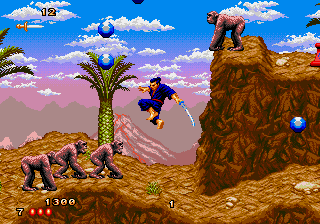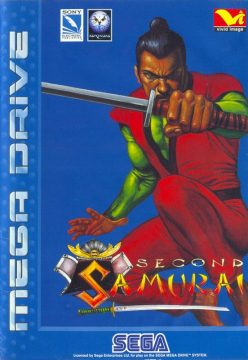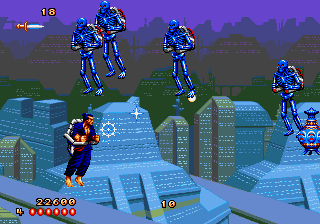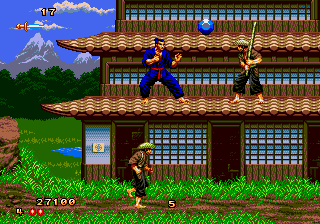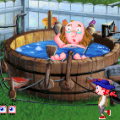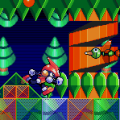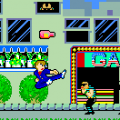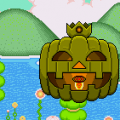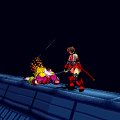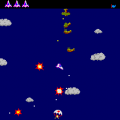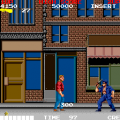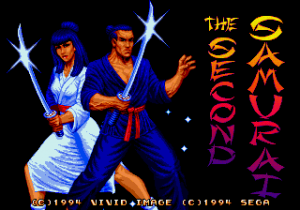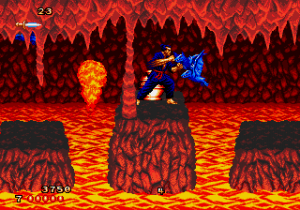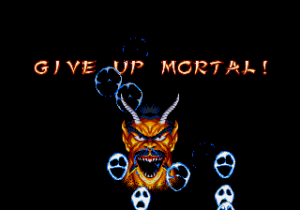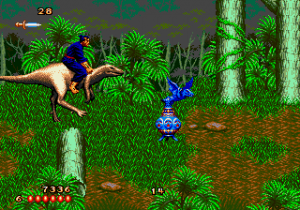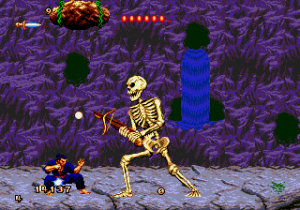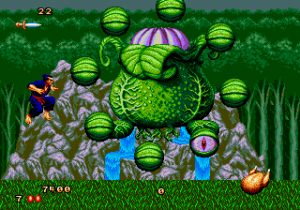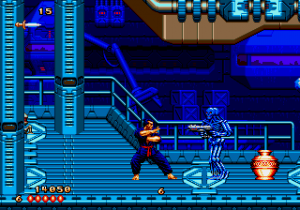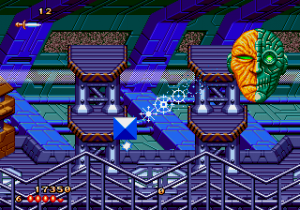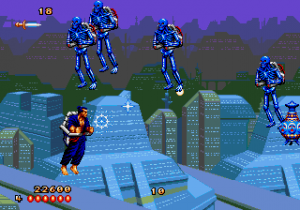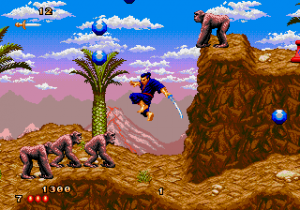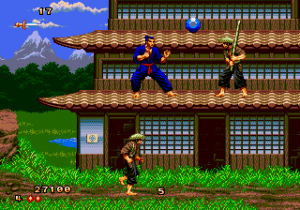Check out our podcast on The Second Samurai!
The First Samurai was an interesting, if not always fondly remembered action platformer, perhaps most well known for its odd digitized sounds than anything else. The sequel, released for both the Amiga and the Mega Drive as entirely different games, ditches the original game’s puzzle-solving elements in favor of a more linear, action-focused experience. It’s a decent game, albeit with a few too many flaws to call it a true hidden gem.
The nameless samurai from the first game continues his journey through time, seeking a way back to ancient Japan and the demon king who awaits his challenge. This time, however, the samurai is joined by a warrior woman, who serves as the second player in a co-op game. (Sounds a little familiar, doesn’t it?)
Each of the game’s fifteen levels has you moving forward, seeking out and destroying enough soul jars to unlock the next part of the stage. Generally, these jars aren’t too hard to find, although you’ll often have to move backwards from where you started or into a side room full of hazards to find them all. Occasionally, the game mixes things up by throwing an auto scrolling stage at you, although the main goal remains finding enough pots to exit the stage.
In most levels, enemies spawn fairly frequently from both sides of the screen. By default, your samurai attacks bare-handed, but you can pick up scrolls that will temporarily give you the use of a sword and some energy projectiles, increasing your damage output and range. You’ll also pick up daggers, which are often best used to keep away of the many bosses you’ll face. Every stage has at least one, some of which actually have multiple phases. They’re generally where the game’s biggest difficulty spikes come from, since dying here means losing your progress against some of the more annoying battles.
The game isn’t usually especially very difficult, but it can frequently get annoying. Enemies often spawn frequently, and their attacks come out quickly. Combined with the incredibly short period of invincibility you get, and you can end up taking a lot of damage very quickly. This is counteracted by how common health pickups tend to be, as well as the fact that you don’t generally lose much progress when you lose a life. Even if you run out of lives, you can simply use a password to simply restart the level. Trying to actually clear the game in one run, however, would prove to be much more frustrating.
The graphics are large and detailed, but the game tends to be lacking in terms of animation. At the very least, though, there’s a soundtrack from the always fantastic Matt Furniss, mixing funk with some somewhat stereotypically ‘Asian’ riffs. It somehow works, though, especially one particular track inspired by Yuzo Koshiro’s work. Out of the many European exclusives for the system, it’s far from the worst, but it’s not especially memorable beyond its obscurity.
